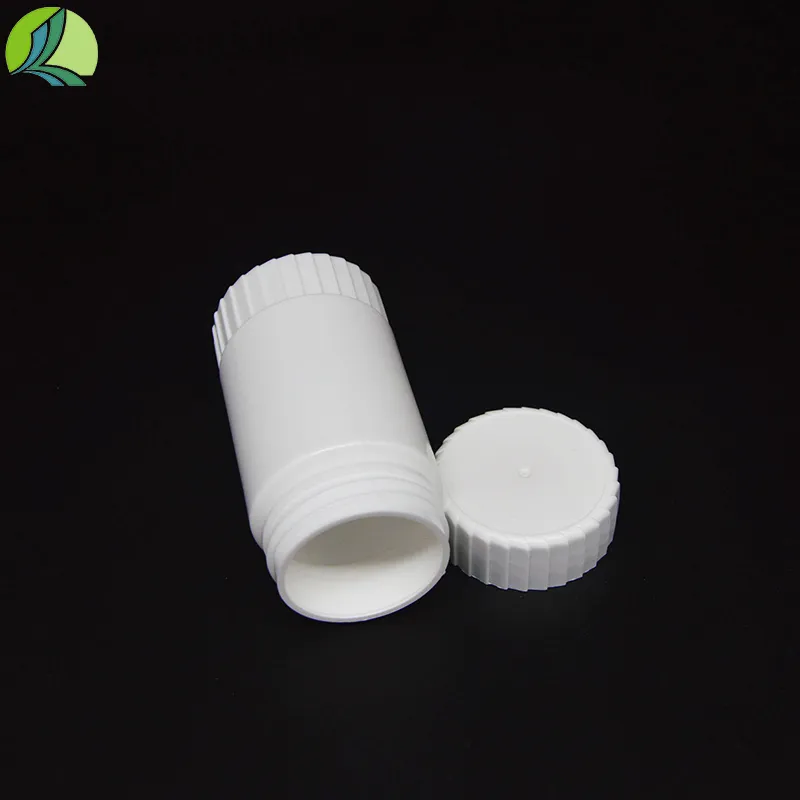uses of reagent bottle in chemistry lab
The Uses of Reagent Bottles in Chemistry Labs
In the realm of chemistry, precise measurement, safe handling, and the necessary storage of chemicals are paramount to conducting experiments successfully and safely. Among the myriad of tools and equipment that facilitate these processes in a laboratory setting, reagent bottles stand out as indispensable. Reagent bottles are specially designed containers that serve multiple purposes, ranging from the storage of reagents and chemicals to ensuring efficient sampling and mixing procedures. This article explores the various uses of reagent bottles in chemistry labs, highlighting their significance in experimental protocols and safety measures.
Storage and Preservation of Chemicals
One of the primary functions of reagent bottles is to store chemicals securely. Chemists require unfettered access to a wide variety of reagents, including acids, bases, salts, and organic solvents. Reagent bottles come in various materials—glass, plastic, and even borosilicate glass—which allow them to withstand a range of chemical properties and reactions. For instance, borosilicate glass bottles are particularly favored for their resistance to thermal shock and chemical corrosion, ensuring that the contents remain stable over time.
Proper storage of chemicals is crucial not only for the longevity of the reagents but also for maintaining laboratory safety. Reagent bottles are equipped with tight-sealing caps that minimize the risk of spills and contamination, thereby protecting both the user and the chemical integrity of the stored materials. Labels affixed to these bottles provide critical information, including the chemical name, concentration, hazard warnings, and expiration dates, fostering a safe and organized laboratory environment.
Easy Dispensing
In addition to storage, reagent bottles facilitate the easy dispensing of chemicals during experimental procedures. Many reagent bottles feature a dropper or spout design that allows for precise measurement and dispensing of liquids. This is especially important in quantitative experiments where accurate ratios are vital for the success of chemical reactions. The controlled delivery of reagents minimizes waste and enhances reproducibility—two essential components in experimental chemistry.
Moreover, certain reagent bottles are designed specifically for titration purposes. These titrators are calibrated with precise markings that allow for the easy measurement of liquid volume, streamlining the process of mixing solutions accurately. This is particularly beneficial in titration experiments where the precise addition of a reagent is essential for determining the concentration of an unknown solution.
uses of reagent bottle in chemistry lab

Sampling and Mixing
Reagent bottles are also invaluable for the sampling and mixing of chemicals. When conducting experiments that involve combining multiple reagents, using a reagent bottle can enhance the efficiency of the process. The wide mouth of many reagent bottles allows for easy addition of solid or liquid reagents, while their ability to be sealed ensures that mixtures can be stored or transported without risk of contamination or evaporation.
Furthermore, many chemists utilize reagent bottles to create stock solutions, which serve as concentrated sources of various chemicals. These stock solutions can be diluted to desired concentrations as needed, facilitating greater flexibility in experimental design. In this context, reagent bottles play a crucial role in enabling chemists to customize chemical solutions based on their specific investigative needs.
Safety Considerations
Safety is a critical aspect of any chemistry lab, and reagent bottles are designed with this in mind. Many modern reagent bottles come equipped with safety features, such as chemical-resistant materials that reduce the risk of breakage, and designs that limit the risk of spills during use. Additionally, with the increased focus on environmental safety and sustainability, there is a growing trend towards using recyclable and eco-friendly materials in the manufacturing of reagent bottles.
Additionally, proper labeling and storage protocols regarding reagent bottles minimize the risk of accidents and chemical mismanagement in the laboratory. By ensuring that all chemicals are stored in clearly labeled bottles, chemists can easily identify substances and understand their potential hazards, allowing for safer handling practices.
Conclusion
In summary, reagent bottles are fundamental tools in the chemistry lab, serving multiple purposes that enhance safety, efficiency, and accuracy in experiments. From securely storing chemicals to facilitating dispensing, sampling, and mixing, their versatility is unmatched. As laboratories continue to evolve with advancements in technology and safety standards, the role of reagent bottles will undoubtedly remain central to the practice of chemistry. Their presence in the lab not only encapsulates essential chemical knowledge but also embodies a commitment to safety and precision in scientific exploration.
-
Aesthetic Makeup Spray Bottles | Fine Mist Empty RefillableNewsAug.19,2025
-
White Plastic Veterinary Vaccine Vials | Lab Liquid BottlesNewsAug.18,2025
-
Plastic Medicine Liquid Bottle: Secure Flip Top Drug VialsNewsAug.17,2025
-
Durable 250ml Blue Plastic Vaccine Vial for Lab & Vet UseNewsAug.16,2025
-
Sterile Virus Sample Tubes: Secure & Reliable Specimen CollectionNewsAug.15,2025
-
White 250ml Plastic Vaccine Vial for Lab & Vet MedicineNewsAug.14,2025
























